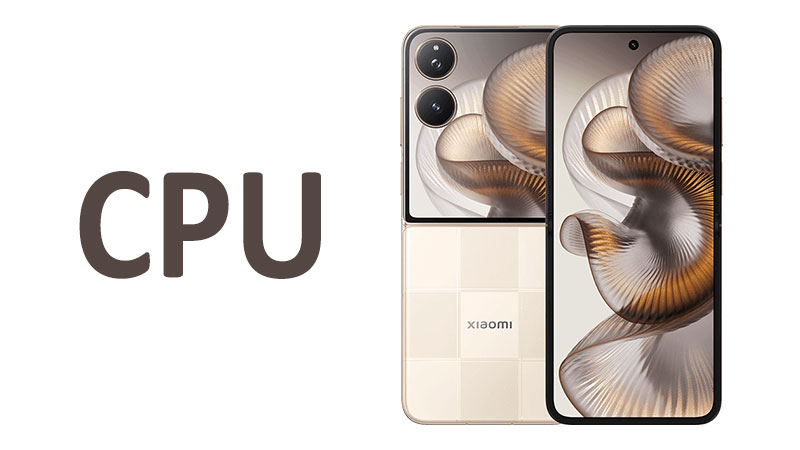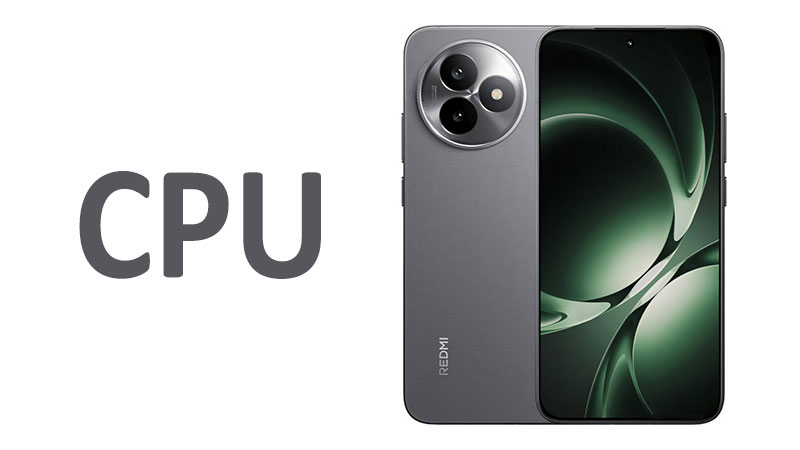The performance of a smartphone is directly tied to its processor. For the Apple iPhone 16 Pro, that power comes from the Apple A18 Pro chip. This new-generation silicon is not just a modest upgrade. It represents a significant leap forward in mobile computing, especially with its focus on artificial intelligence (AI) and sustained performance.
The A18 Pro is the engine driving the iPhone 16 Pro’s most advanced features. From pro-level photography to immersive gaming and the new Apple Intelligence features, every function relies on the raw power and efficiency of this chipset. Understanding its capabilities is key to appreciating the full potential of this flagship device.
A Detailed Look at the Apple A18 Pro
The Apple A18 Pro is built on a 3nm manufacturing process, a refinement of the technology used for its predecessor. This advanced process allows for a higher transistor count, leading to improved efficiency and performance.
- Chipset: The A18 Pro is a system on a chip (SoC) designed specifically for the iPhone 16 Pro and iPhone 16 Pro Max. It integrates all the critical components such as CPU, GPU, and Neural Engine onto a single piece of silicon for maximum efficiency.
- CPU: The processor features a Hexa-core CPU. This is a configuration with two high-performance cores and four high-efficiency cores. The performance cores are clocked at 4.05 GHz, while the efficiency cores run at 2.42 GHz. This architecture allows the chip to handle demanding tasks quickly while conserving battery life for everyday use. The A18 Pro’s CPU has shown a notable performance increase over the A17 Pro, with benchmarks indicating up to a 15% improvement in single-core tasks.
- GPU: For graphics-intensive tasks, the Apple A18 Pro uses a new 6-core GPU. This upgraded graphics unit provides up to 20% faster graphics performance compared to the A17 Pro. It also features a 2x faster hardware-accelerated ray tracing, which is crucial for delivering realistic lighting and shadows in mobile games. This makes the iPhone 16 Pro a top-tier device for serious gamers.
Specialized Comparisons
- A18 Pro vs. A17 Pro: The A18 Pro builds upon the already powerful A17 Pro. The key differences lie in the CPU’s higher clock speeds and a larger cache size, which results in better overall performance. The GPU sees a more substantial boost in performance and stability, thanks to a new internal thermal design that helps dissipate heat more effectively. This allows the iPhone 16 Pro to sustain peak performance for longer periods without throttling.
- A18 Pro vs. Competitors: Compared to leading Android processors like the Snapdragon 8 Gen 3, the A18 Pro maintains Apple’s strong lead in single-core CPU performance. This means the iPhone 16 Pro excels at tasks that rely on a single, powerful core, such as launching apps or processing photos. While some Android chips may outperform it in multi-core benchmarks, the A18 Pro’s superior efficiency and thermal management give it a significant edge in real-world use and sustained performance.
Pros and Cons of the Apple A18 Pro
Pros
- Exceptional Performance: The Hexa-core CPU and 6-core GPU deliver top-tier performance for all tasks, from daily use to demanding professional applications and gaming.
- Superior Efficiency: Built on a refined 3nm process, the A18 Pro offers excellent power efficiency. This leads to longer battery life even under heavy workloads.
- Advanced AI Capabilities: The 16-core Neural Engine is optimized for Apple Intelligence. This enables powerful on-device AI features like Siri improvements and advanced photo editing.
- Sustained Performance: Thanks to a redesigned thermal architecture, the A18 Pro can maintain its peak performance for extended periods, preventing the device from getting excessively hot during long gaming sessions or video exports.
- Hardware-Accelerated Ray Tracing: The 2x faster ray tracing makes graphics in supported games look stunningly realistic, with incredible lighting and reflections.
Cons
- Incremental Upgrade: While a significant improvement, the A18 Pro is still an evolution of the A17 Pro, not a complete redesign. The gains are meaningful but not revolutionary for every user.
- Limited by Software: To take full advantage of the A18 Pro’s capabilities, developers need to optimize their apps for its specific architecture.
- Heat Generation: Although improved, any powerful mobile processor will generate heat. The iPhone 16 Pro can still get warm during prolonged, intensive tasks.
Important Points for a Buyer
When considering the iPhone 16 Pro, the Apple A18 Pro is a major selling point. Here’s what you should know:
- Pro-Level User: If you’re a professional who needs to edit 4K video, use complex creative apps, or run demanding simulations, the A18 Pro‘s power and efficiency will be a noticeable upgrade.
- Mobile Gamer: For gamers, the improved 6-core GPU and enhanced thermal management mean smoother frame rates and a better experience on the most graphically intense titles. The 2x faster ray tracing is a game-changer for visuals.
- Everyday User: The average user will likely find the A18 Pro’s performance to be incredibly fast and fluid. While you might not push it to its limits, the efficiency gains will translate to better battery life and a consistently snappy user interface.
- Future-Proofing: The A18 Pro is “built for Apple Intelligence.” This means it’s designed to handle the next generation of AI features Apple is introducing. Buying this phone ensures you’re ready for the future of on-device AI.
Conclusion
The Apple iPhone 16 Pro’s A18 Pro processor is a powerful and efficient piece of engineering. It offers a solid performance boost over its predecessor, with significant gains in GPU performance and sustained power.
The Hexa-core CPU and 6-core GPU work together to provide an incredibly smooth user experience. Whether you’re editing video, playing the latest AAA mobile games, or simply multitasking, this chip handles everything with ease. The new thermal design is a key feature, allowing the phone to maintain its high performance without overheating.
For anyone who relies on their smartphone for demanding tasks, or who wants the best possible mobile gaming experience, the Apple A16 Pro processor is a compelling reason to upgrade. It’s not just about speed; it’s about a smarter, more efficient, and more reliable phone.
FAQ
How much faster is the A18 Pro compared to the A17 Pro?
The A18 Pro’s CPU is approximately 15% faster, while its GPU offers up to a 20% increase in graphics performance compared to the A17 Pro.
Does the iPhone 16 Pro’s processor get hot?
While the A18 Pro is more efficient, it can still generate heat during prolonged, intensive tasks like gaming or 4K video recording. However, the iPhone 16 Pro’s new thermal design helps manage and dissipate this heat more effectively.
Is the A18 Pro necessary for an average user?
For most users, the A18 Pro’s full power might be more than needed for everyday tasks. However, its efficiency and the future-proof capabilities for Apple Intelligence make it a valuable long-term investment.
Does the A18 Pro support new features like ray tracing?
Yes, the Apple A18 Pro features hardware-accelerated ray tracing, with a 2x improvement over the A17 Pro. This enhances gaming visuals with more realistic lighting and reflections.
What is the main benefit of the A18 Pro for AI?
The main benefit is the significantly improved 16-core Neural Engine, which is designed to power Apple Intelligence features locally on the device, ensuring faster and more private AI processing.



